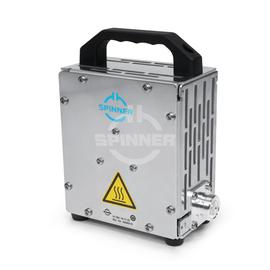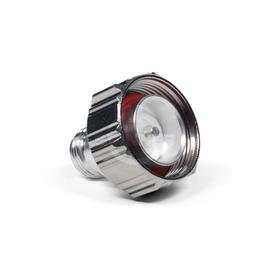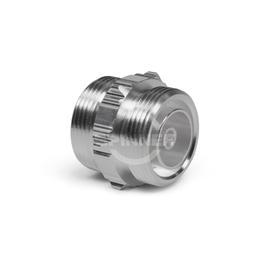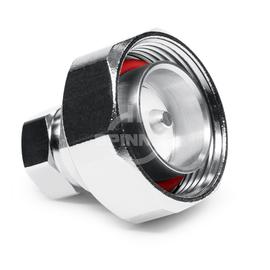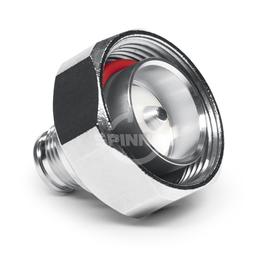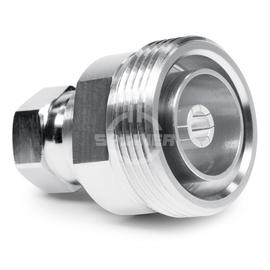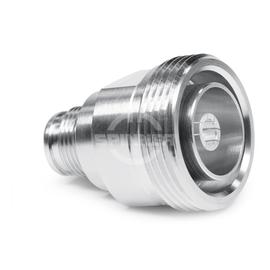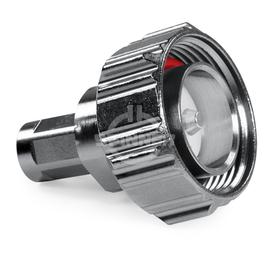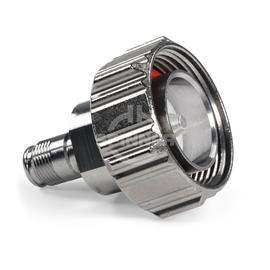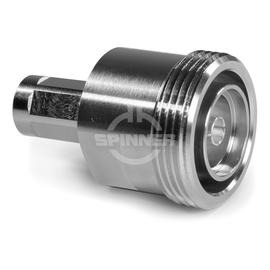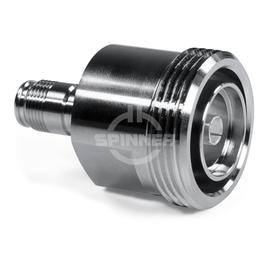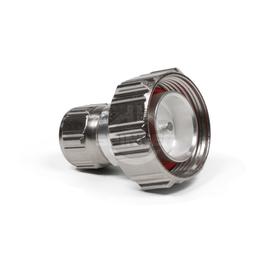SPINNER coaxial components for test and measurement
Up-to-date measurement equipment is essential for any development, production, test or quality assurance department that works with RF signals on coaxial lines. Precise measured values are especially important for extensive measurements in various mobile communication systems such as GSM, UMTS or LTE and in wireless data transmission, e. g. WiMAX, WLAN or RFID.
For vectorial network analysers, high-precision connectors, terminations and adapters are indispensable as well as calibration kits, gauges for checking the mating face dimensions or torque wrenches for tightening coupling nuts.
SPINNER supplies coaxial measurement equipment with excellent electrical and mechanical quality for use at frequencies between a few kilohertz and 67 GHz and minimum tolerance. All of our testing components boast low VSWR and attenuation as well as outstanding intermodulation properties throughout the frequency range for which they are optimized. We have also created low PIM testing components. The applicable IEC standard requires their inherent PIM to be 10 dB better than the devices they are used to test.
SPINNER EasyDock have spring-mounted adaptor accommodates shifts in all planes and directions when connected to a device under test (DUT) and is therefore excellently suited for automatic testing. Its use greatly reduces the costs of production and final inspection.
SPINNER Low PIM Switching Matrix speeds up testing in production, for example of mobile communications antennas or filters. The SPINNER Matrix Low PIM lets you easily boost your output by concurrently measuring PIM and VSWR on separate test paths. Thanks to the exceptional reliability of every measurement, you avoid having to frequently repeat tests to compensate for uncertain results. This reduces the number of required test chambers and systems.
